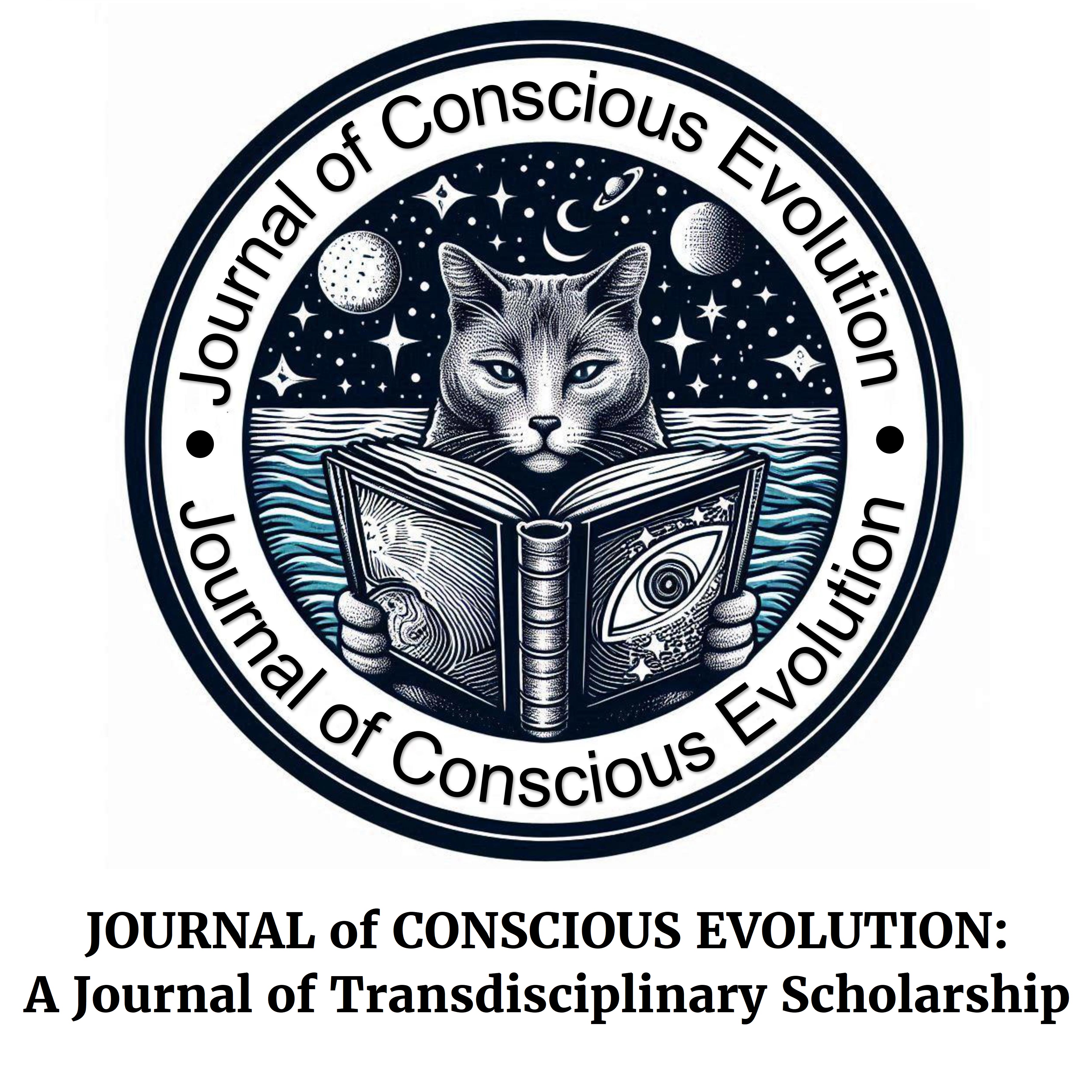
Abstract
Using chaos, consciousness and meme theories, developmental psychology and family systems theory, this paper explains the fractal structure of the human race and how, every human activity in each era, is influenced by a dominant set of attractors, E.C.+P.P.S.= P.E. (environmental conditions)+(psychophysiological state)=(physical events). Using these disciplines an analysis of the cultural evolution of the human race and a description of the driving forces of human history are presented. In addition these other insights result:
-
The understanding that the human race, as a whole, is a true dynamical system that follows the principles of chaos theory. And that under the seeming disorderly course of the past 40,000 years of human history there exists an underlying order.
-
This order is the growth process described in developmental psychology, which when extrapolated to global systems is similar to the theory that Phylogeny recapitulates ontogeny, which in turn serves to explain certain aspects of the Bible.
-
That fractal segments express different aspects of the developmental growth of the whole species and that those who follow the underlying order, that applies to them, succeed, while those who fall out of step with it suffer and generally fail.
Recommended Citation
Zdenek, Carl Christopher. (2018). The Fractal Nature of Human Consciousness, The Evolution of the "Global Human," and The Driving Forces of History. Journal of Conscious Evolution, 4(4). https://digitalcommons.ciis.edu/cejournal/vol4/iss4/3
Included in
Clinical Psychology Commons, Cognition and Perception Commons, Cognitive Psychology Commons, Critical and Cultural Studies Commons, Family, Life Course, and Society Commons, Gender, Race, Sexuality, and Ethnicity in Communication Commons, Liberal Studies Commons, Social and Cultural Anthropology Commons, Social and Philosophical Foundations of Education Commons, Social Psychology Commons, Sociology of Culture Commons, Sociology of Religion Commons, Transpersonal Psychology Commons


